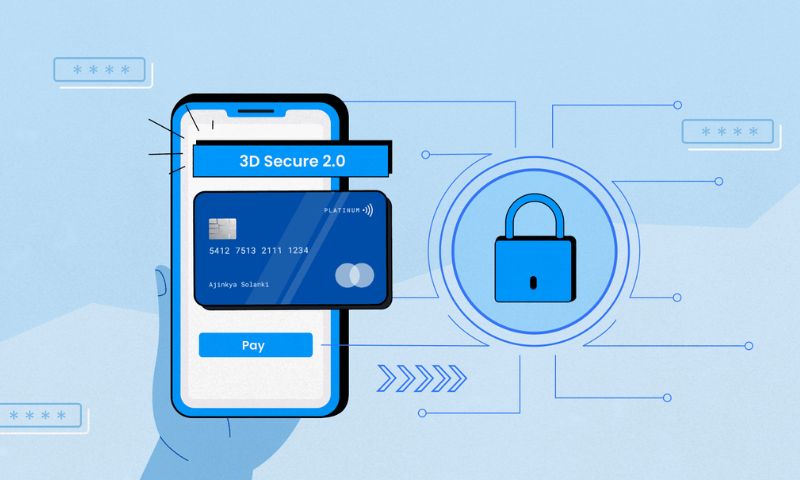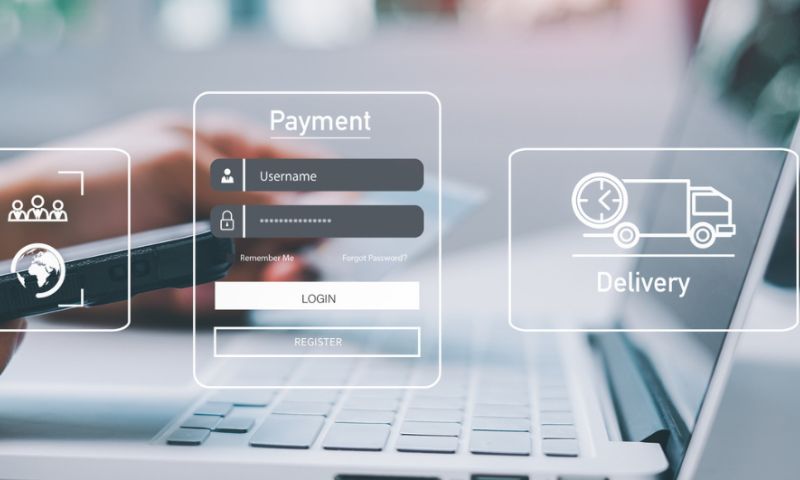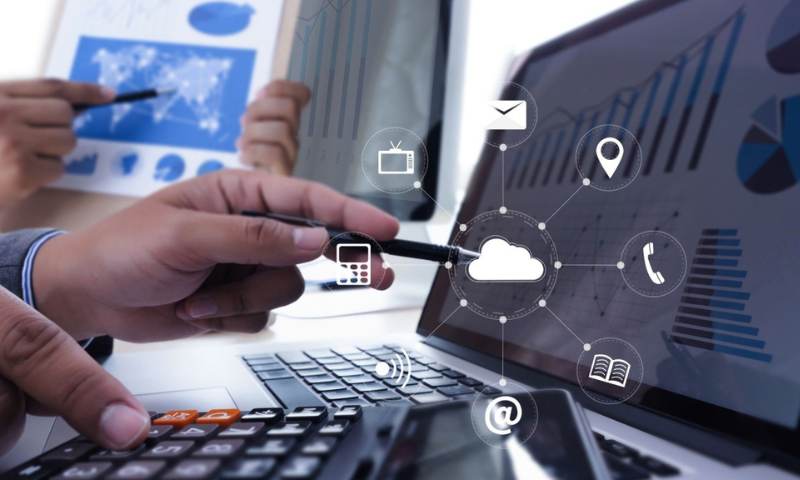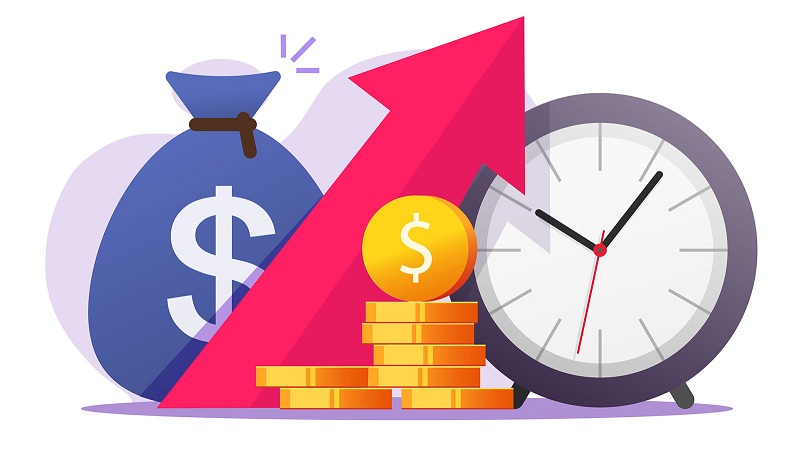Trends in digital payment security are changing how we protect our transactions. We tap, we go, and we need to stay safe. As an expert, let me guide you through the latest defenses in our tap-and-go world. From the rise of biometric tools like fingerprint and facial recognition to the next wave in blockchain tech, staying one step ahead in payment security is essential. Imagine your face or voice acting as the key to your financial vault. Now, consider a world where every transaction you make is wrapped in a layer of unbreakable blockchain protection. But threats evolve, and so do our shields. We’re fighting back against fraud with AI and learning machines that watch over our finances day and night. And with new standards hitting the scene, like Strong Customer Authentication (SCA), we’re entering an era of even tougher security protocols. Let’s dive into these transforming trends and learn how to navigate this fast-paced financial landscape securely.
The Rise of Biometric Authentication in Digital Payments
The Role of Fingerprint and Facial Recognition
We all love the speed of tap-and-go shopping. But with speed, we need safety. That’s where biometric authentication comes in. Looking closely at the latest in digital payment safety, fingerprints and face recognition are big deals. You’ve probably used them. If not on your phone, maybe at the bank. They check who you are in a snap. This is all a part of securing our mobile wallet. And keeping those sneaky cyber threats away.
Fingerprint scanning has been around for a while. It’s like your personal password. No two are the same. Safe and quick. That’s what we want, right? So how does it work? Well, tiny lines and swirls make up your unique print. The scanner reads that. When it matches what’s on file, you’re good to go. This makes digital payments fast and tight.
Now, let’s chat about facial recognition. It’s a smart way to stop fraud before it starts. Your face becomes the key to your cash. Cameras and software map your face, pick up special features, and boom – payment approved. They do this by using complex math, no heavy terms needed! If it’s really you, you’re in. If not, no deal. This tech keeps things locked up tight for you.
So far, these methods have been great. But sometimes, they might trip up. A cut on your finger, or a new beard, and oops – problem. But don’t fret; this is rare. Overall, they keep your funds firm in your grip.
Implementing Voice and Iris Scanning Technologies
Heads up on two more cool helpers in digital payment safety – voice and iris scans. Not so common yet, but boy, they’re neat. Let’s dive in more!
Voice scanning is just what it sounds like. You speak, and a system knows your voice. No one else sounds just like you. That’s your vocal fingerprint. Now think about paying with just your voice. “Pay for my coffee,” and it’s done! Shops get smarter, and your shopping gets safer. That’s what we aim for.
Iris scanning may sound space-age, but it’s here today. Your eye has patterns, just like a fingerprint. Super unique. Now, a camera takes a quick look at your eye—no touching needed. It spots those patterns and checks if it’s really you. If all’s well, it’s happy shopping.
Both these techs mean no one can pretend to be you. They put up a wall against anyone trying to take a free ride on your account. They add layers to what we call multi-factor authentication. That’s a fancy term for using more than one check to clear you for payments.
For all this to work best, we remember things like PCI DSS. It’s a standard that keeps payment data iron-clad. And we’re always following new rules, like PSD2 in Europe. It’s making everyone up their game.
All this said, we can’t snooze on new risks, like how fast some cyber punks adapt. That’s why risk management never stops looking for the next big threat. We keep our shield up with things like real-time fraud detection. That means looking out for strange transactions right as they happen.
There’s a lot to unwrap in this tap-and-go world. But knowing there are big brains and cool tech keeping a watchful eye, you can breathe easy. So tap, pay, and smile – digital payment security has your back.

Blockchain and Its Impact on Payment Security
Enhancing Transaction Integrity with Distributed Ledger
Let’s talk about blockchain and keeping your money safe. Think of blockchain like a digital ledger. Instead of using paper, it uses computers. It makes sure no one cheats when they send or get money. Everyone can see the ledger, but they can’t change old stuff, only add new things. This stops bad guys from messing with payments.
Now, when you tap your phone to buy snacks, you’re using digital payments. With blockchain, each tap is like a new page in our ledger. Your snack payment goes in, and it’s super secure because it’s encrypted. Encryption scrambles the details so only you and the snack place can read it.
So, if someone tries to sneak in and steal info, they hit a wall. This is because blockchain locks the info in a pattern. And these patterns are really tough to break.
The Future of Cross-Border Payments with Blockchain
Right now, sending money to another country can be slow and costly. Blockchain is like a superhero for this problem. It can make these payments faster and less expensive. It does this by cutting out the middleman, like some banks or services that charge you extra.
In the future, imagine you can send money straight to your cousin overseas. And it happens almost right away. No waiting, no big fees. This super safe way is what blockchain can do. And as more people use it, it gets even better and safer.
So, every time you use your phone or card to pay without cash, you’re part of this big change. Payment companies are working hard to make sure when you tap-and-go, it’s not just quick but also safe. By using blockchain, they’re building a world where your digital money is as safe as the coins in your piggy bank.

Real-time Fraud Detection: AI and Machine Learning in Action
Combating Fraud in Contactless Payments
We’ve all enjoyed the speed of tap-and-go with cards and phones. But along with the ease, comes a risk. Hackers eye these contactless payments. As an expert, I say it’s not all doom and gloom. Real-time fraud detection systems are our digital guards. They watch over every transaction. They keep our shopping safe.
But how do they do it? AI is the key. AI in fraud prevention learns from millions of buys and sells. It picks up on tiny hints that a person might miss. This means fishy transactions get caught fast, before they can harm our wallets.
Now, let’s talk about other safety layers. We’ve got multi-factor authentication. It’s like having a double lock on our money. You need a password, sure, but also something like a fingerprint. It makes paying not just easy, but secure too.
And don’t forget PCI DSS compliance. It’s a set of rules to keep payment data safe. Every place that takes cards follows these to protect us all.
Improvements and Innovations in AI Algorithms for Fraud Prevention
We’re making strides in AI for fraud prevention. Every day, there’s something new. Like smarter algorithms, which can smell fraud a mile away. They read patterns and learn quicker than ever. This stops bad buys before they even start.
More good news is with mobile wallet security features. Our phones can keep cash safe like a high-tech vault. They use digital payment encryption trends, so your card details turn into a secret code. Even if a hacker gets in, they find nothing they can use.
Tokenization in digital transactions is another big win. It swaps your card number for a unique token. Think of it as a disguise for your payment details. Even if someone steals it, it’s useless to them.
Risk management in e-payments is no joke. We work tirelessly to make sure we’re ahead in the game. We build secure payment gateway technology so that every time you buy latte or shoes online, you know your money is sent through a safe channel.
And there’s blockchain for payment protection. It’s like a strong chain keeping your transactions together. It’s clear and secure, and everyone can look at it, but no one can break it.
On the horizon are quantum computing and payment security worries. Quantum computers are super smart. They might crack codes we thought were impossible to break. We keep an eye on this to make sure our shields are always strong enough.
Lastly, let’s talk about the future. It’s looking bright with smart tech weaving into every buy and sell. We’re not just waiting for cyber threats in digital payments to show up. We’re getting ready for them, studying new tricks, and always improving.
With these AI heroes on our side, we’re set to keep enjoying that tap-and-go magic, worry-free.

Embracing New Standards: The Evolution of Payment Security Protocols
Transitioning to Strong Customer Authentication (SCA) under PSD2
We’re on the move with money. We tap, we pay, and we’re done. But wait, what’s keeping our money safe? Here’s a big player: PSD2. It’s a new rule that bosses banks around Europe to use better security. How? By making everyone use at least two checks before paying online. It’s called Strong Customer Authentication, or just SCA for short. This means when you buy those cool sneakers online, your bank might ask for your password and send a code to your phone. It’s like a double-check to make sure it’s really you. Plus, with SCA, your bank will watch out for any dodgy deals and if something’s not right, they’ll fix it.
Now, let’s dive deeper. Banks and companies had to smarten up to follow these new rules. They packed in new tech like biometrics—that means using parts of your body, like your finger or face, to prove who you are. Very spy-movie, right? With these checks, even if someone knows your password, they can’t fake being you.
Incorporating EMV Chip Technology in Mobile Wallets
You’ve seen those chips on cards, right? They’re like tiny brains keeping your money chats with the shop’s machine safe. Well, those chips have a fancier cousin living in your phone’s mobile wallet. It’s all the smarts of the chip but for tap-and-go moments.
When you pay with your phone, this tech steps in to guard your card numbers. It changes your actual card details into a special one-time code. So, if a bad guy tries to grab your info, they get a big nothing burger. It’s all about making thieves’ jobs harder. And if your phone gets lost, you can just lock it or wipe it from somewhere else, keeping the sneaky hands off your cash.
But here’s the cool part: those chips are getting better all the time. They’re learning to speak with watches and even rings! Imagine, paying with a wave of your hand. And with more stuff like 5G and Internet of Things, or IoT, popping up, our pay-by-tap futures look bright and snappy.
In short, the world of money is zipping ahead. We’ve got tougher rules and smarter chips turning our phones into super-secure wallets. Paying for stuff is becoming a breeze and we’re making sure it’s a safe one. Keep watching this space, because if there’s more to know about keeping your hard-earned cash safe, I’m here to break it down. Stay secure and keep tapping away!
In this post, we talked about how safety in digital payments is changing. We looked at biometric tools like fingerprint and face scans. Voice and eye scans are growing too. Secure chains of data blocks, or blockchain, are making payments safer and faster across borders. With AI and machine learning, we can spot fraud right when it happens, even when paying with just a tap. New rules and tech, like SCA and EMV chips, are making sure your money stays safe.
My final thought? We’re on a good track with payment security. Keep an eye out; it’s always getting better. Stay safe and smart with your money!
Q&A :
What are the current trends in enhancing digital payment security?
As technology advances, digital payment security trends focus on multi-factor authentication, biometric verification, end-to-end encryption, tokenization, and the use of artificial intelligence and machine learning to detect and prevent fraudulent activities. The adoption of blockchain technology is also on the rise due to its ability to provide decentralization and transparency.
How does biometric technology improve digital payment security?
Biometric technology, such as fingerprint scanning, facial recognition, and iris scanning, adds an extra layer of security to digital payments by verifying a user’s identity using unique biological characteristics. This method is more secure than traditional passwords or PINs and is becoming increasingly popular in mobile banking and wallet applications.
What role does AI and machine learning play in digital payment security?
AI and machine learning algorithms are used to analyze transaction patterns and flag anomalies that could indicate fraudulent activity. They help in real-time monitoring of transactions and in the automation of security processes, thereby reducing the risk of fraud and enhancing the speed of response to potential threats.
Are digital wallets safer than traditional payment methods?
Digital wallets can offer enhanced security features compared to traditional payment methods. They often employ advanced encryption techniques and tokenization, where a one-time code is used for transactions instead of revealing card details. Moreover, the capability to immediately freeze accounts and remotely wipe data on a lost or stolen device adds to their security advantages.
How is tokenization used in digital payment security?
Tokenization is a method used to protect payment card information by substituting the card’s number with a unique digital token in online transactions. These tokens are randomly generated and do not carry sensitive financial details, rendering them useless if intercepted by cybercriminals. This technology is integral to maintaining secure digital transactions and is widely supported by payment processors and networks.



